SUMMARY
This is AI generated summarization, which may have errors. For context, always refer to the full article.
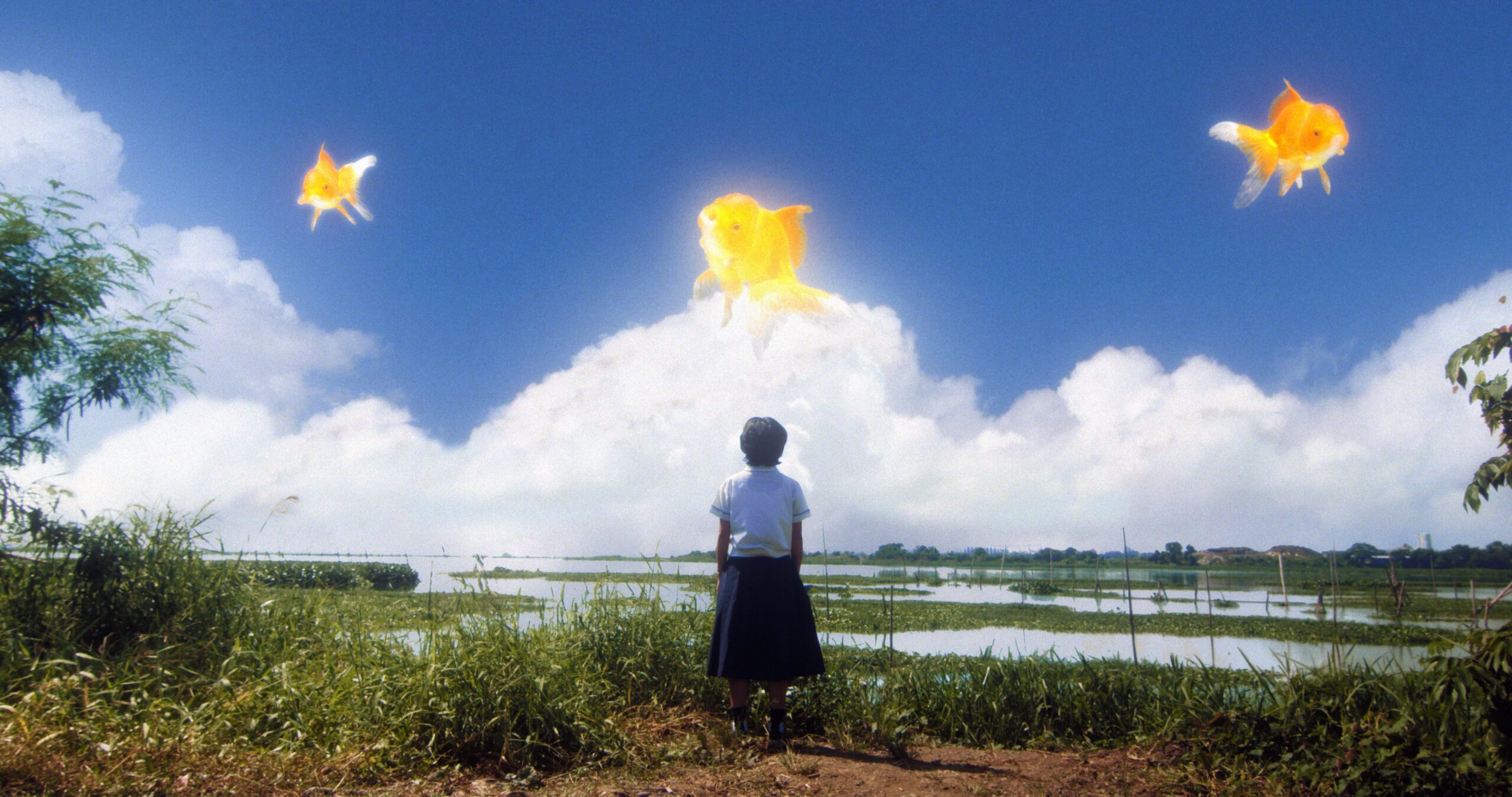
When the festival date for the 73rd annual Berlin International Film Festival (Berlinale) was nearing and his production team had yet to hear from the selection committee, writer-director Stephen Lopez already toyed with the idea that his short film HITO wouldn’t make the cut.
The first week of January 2023, however, bore a welcome surprise. “A few hours before a new year’s party with the staff of HITO, we received an email [saying] that we had been accepted to be part of the Generation 14plus competition,” shares Lopez in an interview with Rappler.
“It was a surreal moment, and I joked around with my producer Sheka Ong that ‘maybe it was some elaborate human trafficking scheme targeting filmmakers,’ but in the end it all checked out, and it dawned upon us that we would be having our world premiere at the Berlinale. We were ecstatic and later on drunk!”
But the team tabled their elation after learning about the expenses and paperwork needed for the journey to Berlin. “It was quite daunting, to say the least, but with support from our families and a little help from the FDCP [Film Development Council of the Philippines] and Goethe Institut (i.e. begging), the trip to Germany soon became possible,” says Lopez.
Having its world premiere on February 20, HITO was the only Filipino entry that competed at this year’s Berlinale. The film, set in a world marred by nuclear reactors and heightened militarization, tells the story of a young girl named Jani (Kyrie Allison Samodio), who finds a companion in Kiefer (Ben Alias), the talking catfish, as the two attempt to break free from the oppressive environment they inhabit.
Prior to HITO, Lopez had his debut short film in Gabi ng Kababalaghan, which won the top prize at the 2018 CineFilipino Film Festival. Beyond this, he has co-written Kerwin Go’s Mina-Anud, and worked as a sound recordist for films like Khavn De La Cruz’s Balangiga: Howling Wilderness, Bor Ocampo’s Dayang Asu, and Carl Joseph Papa’s Paglisan.
Here, Lopez talks about his experience in Berlin, how history is taught in the Philippines, and the four-year journey towards putting his sophomore short film to the screen.
You’re in Berlin right now. How does it feel to see your film on the big screen?
It’s great but the real kicker here in Berlin is the wonderful audience and film culture surrounding said audience. Screenings here are almost always fully packed, no matter the weather or the time. The audience also does not hesitate to ask questions regarding the films and a lot of people will approach you after screenings to talk about your film. It’s a wonderful experience and is quite different [from] what I’m familiar with in the Philippines.
You studied nursing at the University of Santo Tomas and took a course at the Mowelfund Film Institute. What made you decide to shift and make a career in filmmaking?
When I graduated from college and passed the nursing board in 2012, there was a glut of underpaid and overworked healthcare professionals in the country. It was and still is a terrible situation that the government has not yet addressed. Some nurses even had to pay the hospital just to gain experience to work there (imagine that?). So in the end I decided to be poor on my own terms and become a filmmaker instead. It was quite a journey and it took me seven years before I could collaborate on my first short film Gabi ng Kababalaghan.
The film’s premise is very eccentric. Where did the idea come from, and why hito of all things (or fishes)?
Living in a banana-punk dystopia called the Philippines…just kidding, or not.
It started with the urge to make a creature/sci-fi film in the vein of Godzilla or Mothra merged with the stupid idea of a talking catfish. Of course, it was extremely hard to sell to producers, but for some reason, Globe Studios (now ANIMA Studios) believed in us and allowed us to be part of their short film lab wherein we were given the tools, some funding, and mentorship needed to fully develop the concept. In the end, what emerged was this strange anti-fascist sci-fi film with a talking catfish, who escaped from the Calauit safari.
As to why I chose a catfish, well, I just find the face of a catfish really, really funny.
‘HITO’ was developed through the ANIMA Short Film Lab. I’m curious about the creative and collaboration process. What were the significant changes in the film? How long did it take to complete it?
The short film lab was an integral element to the development of the project. Apart from providing us a portion of our funding, we underwent several insightful expert sessions that tackled various aspects of filmmaking, such as directing, editing, production design, producing, etc.
There was also a mentorship program where our project was partnered with writer and director Jade Castro. Jade helped us develop the script and eased me through my anxieties about the project, allowing me to embrace it fully as a surreal science-fiction film. Finally, ANIMA opened doors for us by holding a second pitch session that connected us with various suppliers and co-producers, who were interested in helping our films come to life.
As for the changes, well, as with any film, everything is in constant flux up until post-production, and if I try to discuss it here, we will have an endless wall of text. So to try and keep things exciting, I’ll just say it’s a secret. Oh, mystery.
To sum it up, HITO took four years to complete. To break it down, it was about one to two years of trying to find funding. Half a year of development, another half for shooting, and almost a year of post-production. That excludes all the time wasted brooding from the pandemic lockdowns.
‘HITO’ is your sophomore short film, after making ‘Gabi ng Kababalaghan,’ a parody of ‘Magandang Gabi Bayan’s’ Halloween specials, in 2018. Is there a spiritual connection between the two films?
The two films share the same eccentric humor and love for campy creatures, but other than that, HITO is a whole different story and had a significantly longer and difficult development cycle.
You’ve already worked with Akie Yano as your cinematographer in ‘Gabi ng Kababalaghan.’ How was it working with her again?
It was great since we’ve been in collaboration for several years. At the same time, it was challenging since we were just coming out of the pandemic, so we were both kind of trying to find our way around again on a fast-paced film set.
Based on the logline and trailer, ‘HITO’ seems like it alludes to the current political climate in the Philippines, replete with heightened military presence. Would you say so, and why choose this particular milieu?
Looking back, I think what influenced the so-called milieu of HITO is this: from grade-school up until the middle of high-school, I really, really hated the history subject (which was labeled as SIBIKA [civics] and later HEKASI [geography, history, civics] in school). It was only later on that I would realize that I didn’t hate the subject of history itself, but I disliked the way that it was taught in class. For some reason, the curriculum the teachers were using at the time (or maybe the teachers themselves) primarily focused on “memorization” of dates, people, and places.
Instructors would obsess over kids putting to memory things such as, “What are all the regions and their provinces in the Philippines?” (There was a whole exam about this where you would list every single one of them in a large sheet of paper); “What country did Hitler invade that triggered WW2?”; “What date did Ferdinand Marcos declare martial law, what date did it end?”; and “What date did the Japanese invade the Philippines, when were we liberated?” Get the pattern?
As to why these things are important, why these events occurred, what effects they would have on Filipino society and the world that was mainly brushed off to the side (maybe once in a while they’d pop up as bonus essay questions in exams). With this, you get entire generations of kids who do not understand the importance of history and all they remember are the fucking places and dates. Thus, as they grow older, they are easily manipulated in narratives imposed upon them by those in power.
Combine this shit show with years upon years of colonization and suppression and you get a society that is cursed into a wretched cycle of being gaslit into loving those that once abused them. Soon you get people believing fucked up things such as: “Whiter skin is the epitome of beauty”; “Maybe the Philippines would have been so much better as a Japanese or American colony”; “The period of martial law under Ferdinand Marcos and his posse was a peaceful golden age in Philippine society”; “The period of Cory Aquino’s rule was so much better than the Marcoses’”; “Despite the abuses, the best thing that the Spanish colonizers gave to the Filipino people was Catholicism” (This came from a professor I had in college. I kid you not!).
Depressing, huh. In the end, it’s not just the current political climate that influenced the film but years upon years of living in the banana punk dystopia of our nation.
Were there any films that helped you shape your vision for ‘HITO?‘
In the ’90s, we didn’t have cable television so most of the media that I consumed in my formative years came from free TV — exceptions to this would be on the occasions when my parents would take me to the cinema.
I remember watching a lot of educational TV shows like Sineskwela, Batibot, and Sesame Street. Mixed into this was an amalgamation of ’80s and ’90s Japanese animation and special effects programs (Mojako, Jetman, Ultraman), American science-fiction series (Star Trek, Twilight Zone), Filipino horror/fantasy and creature films (Shake, Rattle, and Roll, Anak ng Bulkan, Panday), and strangely enough, Magandang Gabi Bayan (a Filipino news magazine show) that featured special episodes about faith healers and the paranormal.
In college, affordable and fast internet became commonplace and granted me “access” to programs that I would never have had the opportunity to watch before. Japanese media was some of the most easily available and I grew to love anime, particularly works from directors like Hideaki Anno (Evangelion) and Satoshi Kon (Perfect Blue, Paprika). I also became a fan of Japanese punk, horror, and V cinema (straight to video movies that were very strange) — of note are Shinya Tsukamoto (Tetsuo the Iron Man), Takashi Shimizu (Marebito, Ju-on) and Kiyoshi Kurusawa (Cure).
It was only later on in my early 20s that I got to freely explore Filipino cinema better (thanks to my friends), where I would discover the worlds of directors such as Mike de Leon (Kakabakaba Ka Ba?, Batch 81, Kisapmata), Khavn Dela Cruz (Mondo Manila, Ruined Heart), gems such as Kokey (the pinoy version of E.T.), and many more.
I know this is such a disorganized answer, and I could go on and on like this with music and literary influences too, but that’s how I experienced media as I came to age — a scattershot blast where some things would stick to me forever while other stuff would just fly past my head.
The short medium often serves as a stepping stone for a lot of filmmakers in creating their debut feature, which isn’t a bad thing at all. But do you think the validity of the medium somehow gets sidelined by such a trajectory?
Regarding validity, I don’t think one form invalidates the other, since for me they actually share the same process and methods in which they are developed. The only difference for me is the time investment and money needed to complete a short and a feature.
Of course, because of the way things work in a capitalist society, most features require multiple investors to accomplish, thus the higher the risk for such investors resulting in a greater demand for ROI (return of investment). Thus investors in features may hold more power on creative choices, since there is this bigger risk involved in terms of resources allocated.
Also, for some reason, there are more opportunities for funding a feature than a short film, maybe since there is a larger market for features in the grander scale of things (I don’t really know since I’m not a producer). – Rappler.com
Add a comment
How does this make you feel?





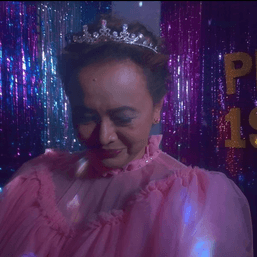
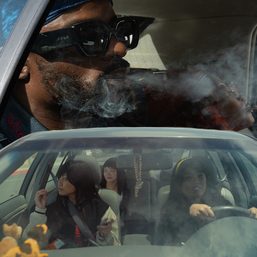
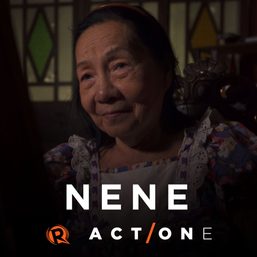
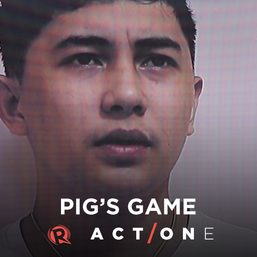
There are no comments yet. Add your comment to start the conversation.